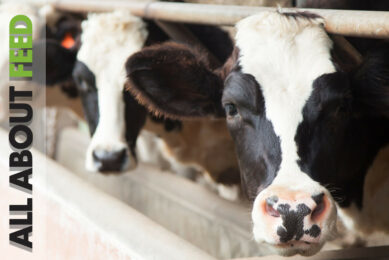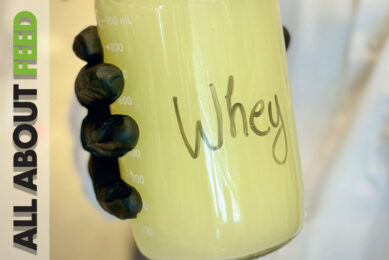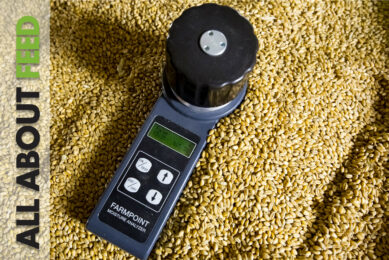Processing and the impact of grinding in All About Feed 1
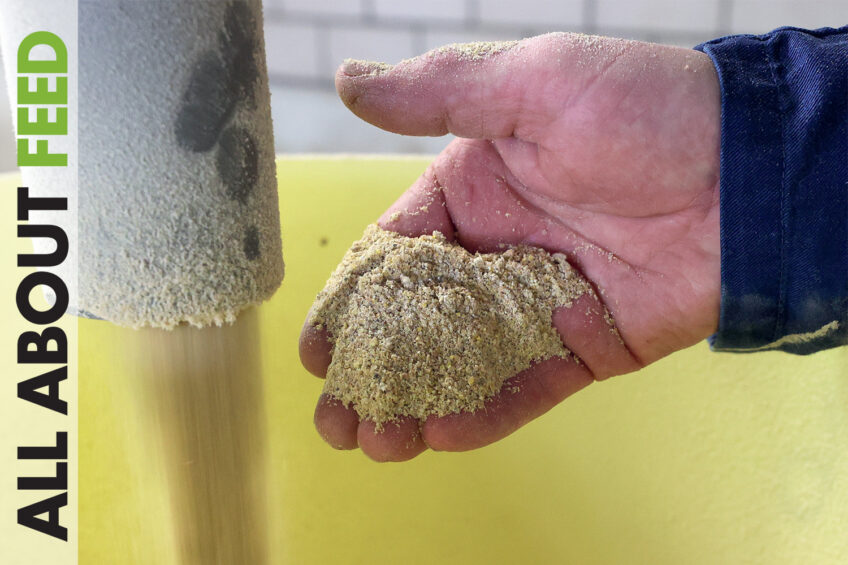
In this edition of All About Feed, Schothorst Feed Research’s new director, Jan Kamphof, talks about emission reduction, social acceptance, animal welfare, and new technologies. In California, a hydroponics company gets set for expansion, while in brazil, researchers discover the benefits of feeding citrus limon extract to tilapia. Also, how does grinding feed ingredients impact the nutritional value, digestibility and feed utilisation in pig feed? We find out. This and much more in this latest edition, which is online now.
View this edition of All About Feed‘s digital magazine
Schothorst looking for international growth
All About Feed spoke to Schothorst Feed Research’s new director, Jan Kamphof, who aims to improve profitability and increase the number of international customers. He also discussed emission reduction, social acceptance and animal welfare, as well as new technologies.
New ‘Indoor Feed Centre’ planned in California
Cultivating cattle feed indoors is a fast-growing industry. A company in the US has been involved in this sector for several years and is poised for major expansion this year.
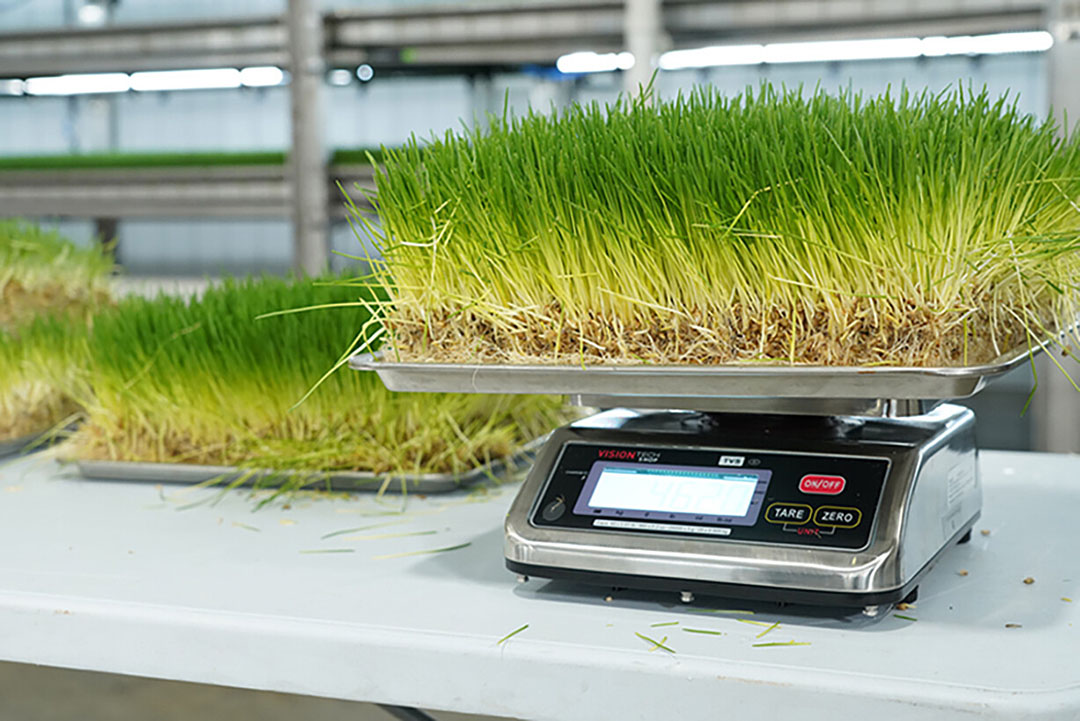
The impact of grinding technology on pig diets
The aim of grinding is to reduce the particle size of a feed ingredient. In this article, All About Feed focusses on pigs and considers the impact of grinding feed ingredients on the nutritional value, digestibility and feed utilisation.
Astaxanthin: Taking aquaculture full circle
With a growing demand for fish, a new study considered how aquaculture side streams could be recycled back into aquaculture as the valuable feed ingredient ‘astaxanthin’, a major carotenoid used in aquatic feeds.
Citrus limon extract improve tilapia health
Researchers in Brazil have discovered that supplementation with Citrus limon extract improves Nile tilapia juveniles’ growth performance, health, and survival after Aeromonas hydrophila infection. Nile tilapia fish are one of the main fish species cultivated in the world.
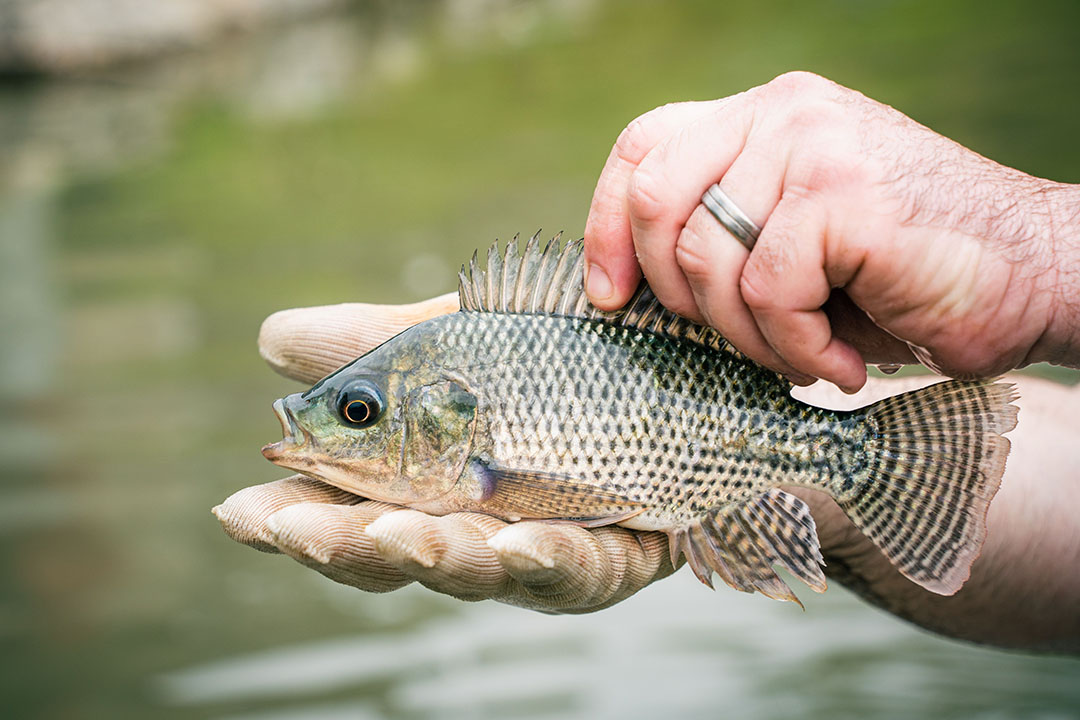
The probiotic benefits of duck acid extract in cats
Bile acids have been widely used in livestock diets and could be a good supplement for other animals, such as cats. Researchers found that duck bile acid extract modulates fat metabolism and improves gut health in cats by inducing probiotic effects. It appears to be good for weight management, too.
Amino acids: The missing link in the tail biting debate?
The tendency to reduce protein levels in pig feed has been increasingly gaining traction, but is it wise from a nutritional and behavioural perspective? Researchers in the Netherlands considered the link between nutrition and welfare and explored the effects of low protein diets on tail biting and the role of amino acids.
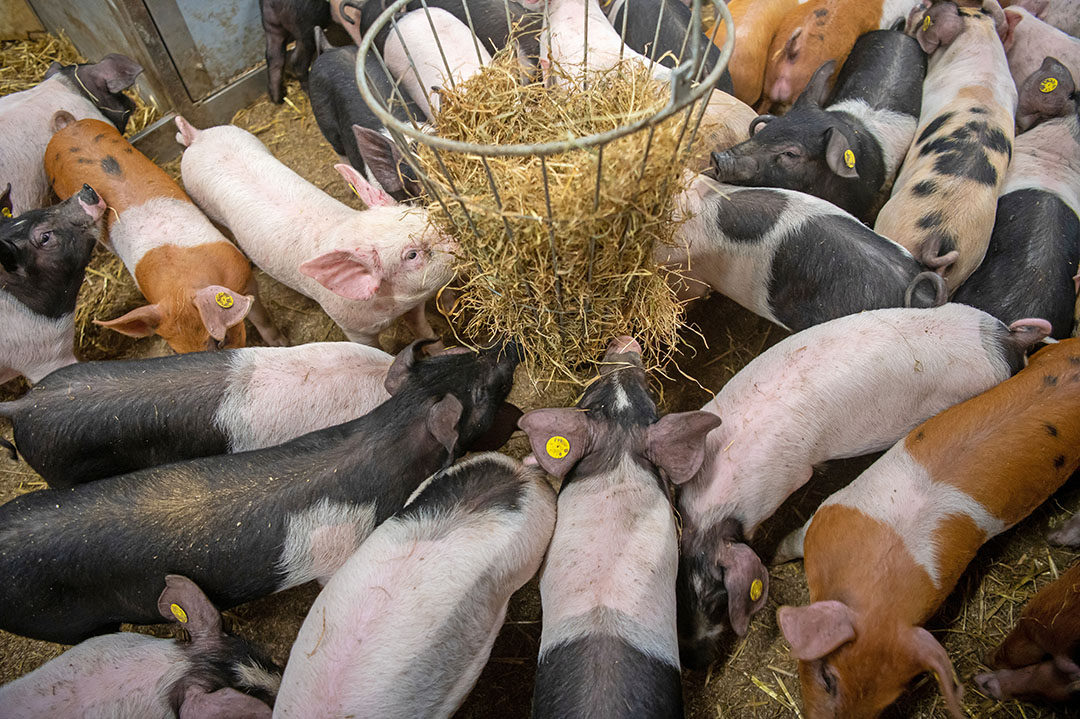
Muramidase: Enhancing broiler performance and meat yield
The use of muramidase in broiler feed presents a promising solution that supports gut functionality, and various studies have shown that broilers supplemented with muramidase have higher nutrient digestibility and absorption, thus improving broiler performance and meat yield. This article explains the benefits and mode of action of muramidase and its impact on broiler growth, feed conversion ratio and meat yield.
Approval of feed additives in the US – the backlog is gone
In 2020, the American Feed Industry Association (AFIA) and the US government agreed that in order for the US feed product market to no longer largely be avoided by manufacturers, a more efficient process was needed to approve new ingredients – and the submissions backlog needed to be cleared. In 2021, Leah Wilkinson, AFIA vice president of public policy and education, pegged lost revenue for feed ingredient manufacturers resulting from the backlog at US$1.75 million for every year a product approval was delayed. In this article we provide an update on the situation.





